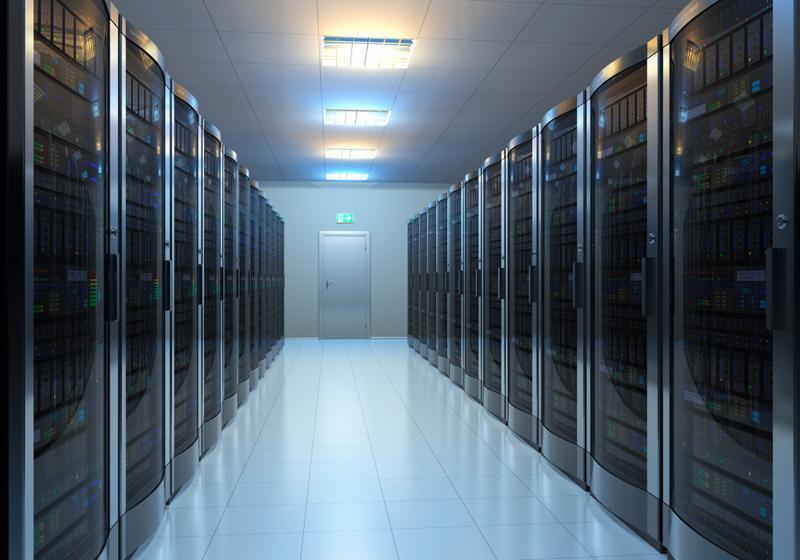
The rise of the Internet of Things continues to drive data center growth
By Max BurkhalterApril 30, 2015
Many voices have postulated that the journey of the Internet of Things into the mainstream was tied to the continued growth of the data center industry. A new study released by the International Data Corporation reasserts these predictions with fresh data, suggesting that the fates of both industries are even more interwoven than originally assumed. IT staffs should consider how this evolution will impact their workflow, especially if it seems that the firm's decision makers are looking to integrate a larger mix of smart technology into the company's infrastructure. Failure to think ahead in terms of the relationship between your data facility and the IoT may put you and your staff in a disadvantageous position in the near future.
"Not thinking about IoT may be bad news for your data center."
The future of IoT depends on data center growth staying healthy
The IDC's recent report suggest numerous trends about the future of the data center, including the prediction that data center space dedicated to IoT workloads will see an increase of almost 750 percent between 2014 and 2019. The same report also expects that IoT will become the largest driver of new data center growth and that most IoT services will come to depend on data centers by 2019. Furthemore, there's a likely chance that IT teams will need to adopt more smart technology just to manage the influx of interconnected devices headed toward the data center.
Note that the IoT revolution won't happen in every data center equally. Service providers will have more to worry about than most companies managing their own on-premise data centers. However, firms with more advanced infrastructure may need to make some plans for preparation as well. Data Center Knowledge pointed out that IoT applications that will be most successful are those that are easily scalable and most agile - these factors determine how easy it is to integrate smart hardware into data centers headed toward expansion.
Additional barriers standing in the way of IoT
Need for storage space is just one of the problems standing in the way of IoT. Computer Business Review noted that security and battery life are two additional barriers holding back IoT's golden age. Security is an issue because smart device manufacturers have yet to fully invest in the process of protecting their products from outside intrusions by hackers. That means it'll be up to IT teams to develop their own security strategies for their Internet of Things gear until manufacturers get their act together.
The short battery life of certain smart devices is especially problematic for enterprise data centers, as the companies that depend on these facilities promise around-the-clock uptime to clients. Losing performance from a critical IoT component could result in a nasty consequences for your IT team. The short battery lives of most smart devices makes this source of downtime hard to anticipate. Manufacturers will also have to address this issue as IoT heads toward greater mainstream application.

Soon more data centers will be devoted to exclusively hosting IoT data.
Preparation strategies for data centers
Forbes pointed out that there are numerous strategies that IT teams can take in order to better prepare their facilities for the full force of the IoT revolution. First, the resource warns against adopting smart technology like smart devices without integrating the solution into every level of the facility's infrastructure. Isolating legacy technology from smart gear will only create an increasingly harmful compatibility threat waiting to happen. IT teams should also be mindful that with greater IoT adoption comes a more rapid transition toward IPv6. Failure to invest in basic, IPv6-ready infrastructure like new serial to Ethernet servers is another way that IT teams can set themselves up for trouble down the road.
Perle's serial to Ethernet converters connect serial based equipment across an Ethernet network. The Perle IOLAN range of Console Servers, Device Servers and Terminal Servers feature built-in support for IPv6 along with a broad range of authentication methods and encryption technologies.



